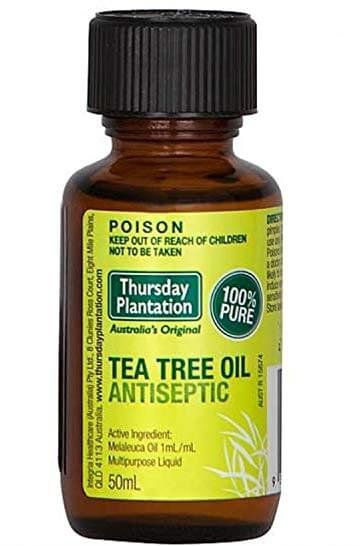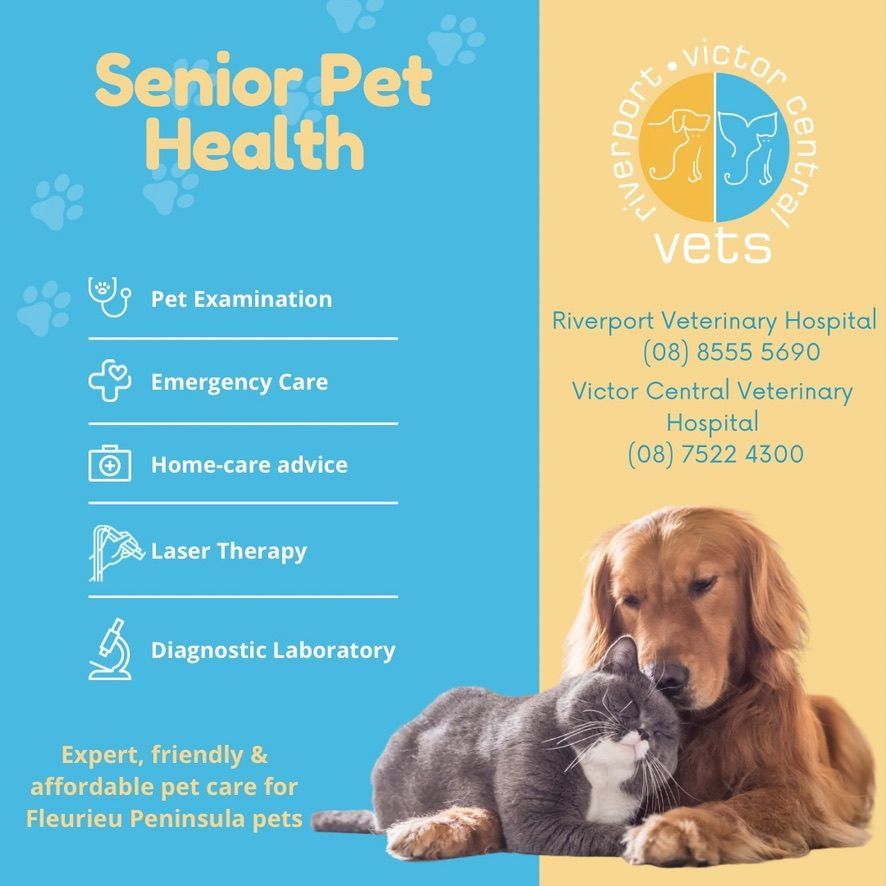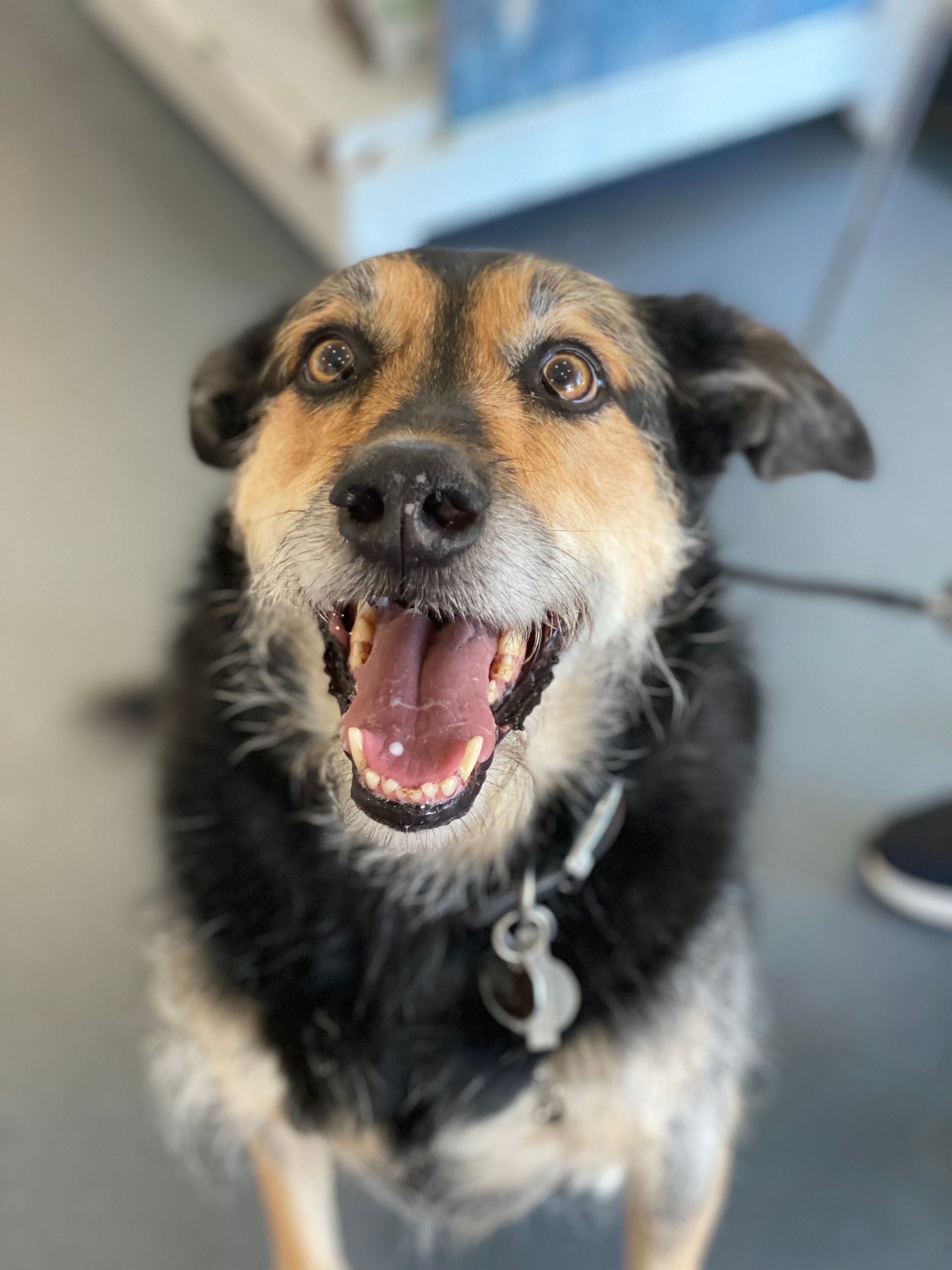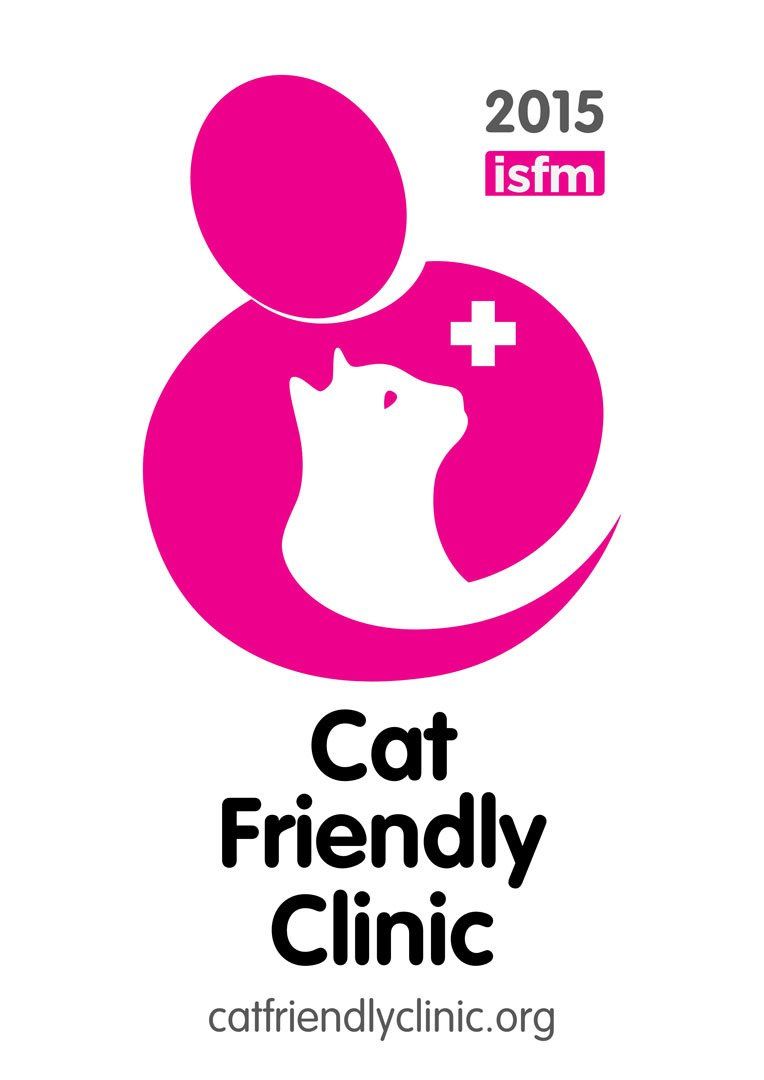Blog
3 Most Common Cat Toxicities
17 October 2018
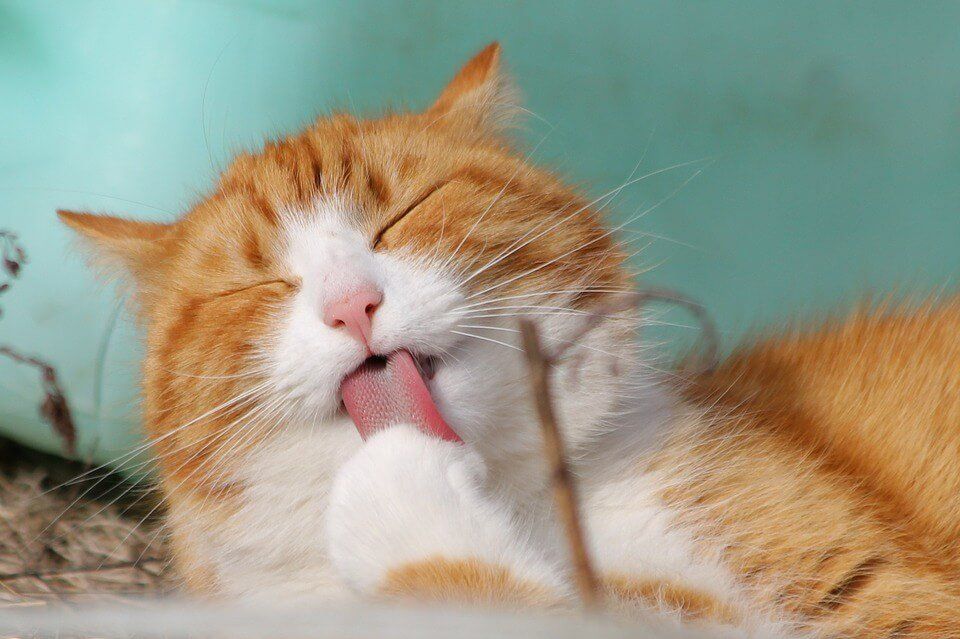
Cats love getting into things they shouldn’t. It might be stealing your socks. It might be clawing the couch. It might even be eating that roast you left out to cool while you set the table. They sense your disapproval and go for it! But what are the things they really shouldn’t get into? In this blog we’ll look at the top three toxicities we see at our clinic in cats, the signs to look out for and the harm it causes.
Other toxicities include onions, garlic, chocolate, grapes, some human medicines, rat bait, snail bait and fertilisers.
For any of these conditions, call your vet IMMEDIATELY
if your animal has ingested these products.
Tea Tree Oil
Not many people think of tea-tree oil as toxic to cats; after all it is a ‘natural’ product, plus it’s popular in humans and really easy to get from shops. Unfortunately, the oils popularity has resulted in households obtaining bottles of 100% Tea Tree Oil which can be extremely toxic to cats (and even humans!) if ingested. Our fastidious felines don’t know not to lick it off any wounds or their skin once applied – they think they’re just cleaning themselves up!
Accidental ingestion and improper dilution of the highly concentrated oil can put your furry friend at risk of toxicity which can result in liver damage, neurological symptoms, and even death.
What We Do at the Vets
There is no antidote for Tea Tree Oil poisoning, so treatment is based on supportive care. What we do at the vets (depending on severity of the condition) can involve:
- Cleaning coat with dishwashing soup so no further contamination occurs
- We do not routinely induce vomiting as there is a high risk of aspiration pneumonia
- Giving special charcoal treatment to soak up the toxins
- Placing animal on intravenous fluids to support body systems and help clear out the toxins
- Treating tremors, vomiting and other clinical signs as needed with medication
- Treating liver toxicity for 2-3wks post-recovery
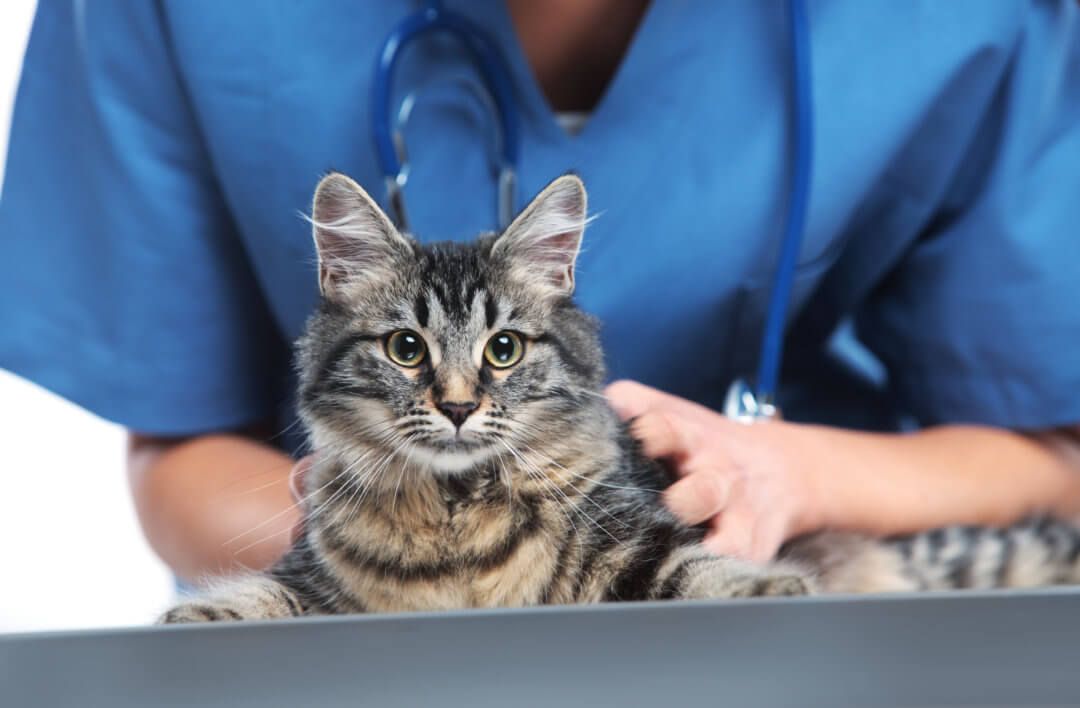
Panadol
Paracetamol (aka. Panadol) is the wonder-drug of the human world – it is simply fantastic for aches and pains. It is also cheap and freely available in pharmacies and supermarkets. Sadly, it’s far from fantastic in our feline friends, causing pretty nasty toxic effects. Not a lot of people realise it, but cats are especially sensitive to Panadol toxicity as they lack the primary enzyme in the liver that breaks it down in the body. Panadol administered to an animal affects the oxygen in the blood, causes liver failure and can result in a very slow and distressing death.
What to Look out For:
- Laboured breathing
- Swollen face and/or neck
- Brown to grey coloured gums
- Vomiting
- Jaundice (yellow colour tinge to eyes and gums)
- Coma
These symptoms come on promptly and shouldn’t be taken lightly. Seek medical treatment immediately if a cat has been administered or ingested paracetamol.
What We Do at the Vets
- If ingested within the last hour, we will induce vomiting.
- If ingested within 4-6hrs, we will flush the stomach under general anaesthetic.
- A charcoal treatment is done after vomiting or stomach clean to soak up the toxins as soon as possible, then again in 8hrs.
- If your cat is showing the clinical signs described above, this is an emergency and will be admitted to hospital. Along with the steps described below, your animal may require a blood transfusion and IV fluids.
- N-acetylcysteine is a medication recommended for treatment of these cases.
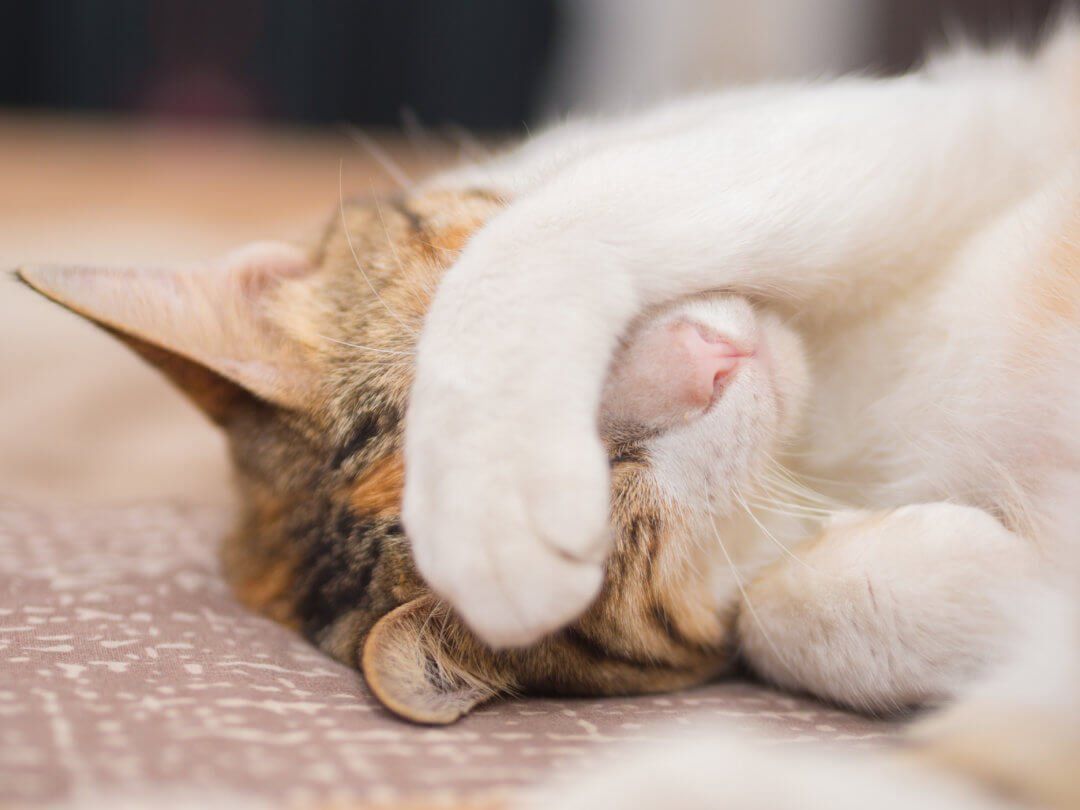
Lily (Flowers)
This is one that always surprises people – lilies are toxic to cats! One of the most ironic cases we’ve seen is when a gentleman accidentally let his girlfriend’s indoor only cat, Allen, out when coming home from work. Allen had a grand ol’ time running around the neighbourhood, going up to strangers for food and making friends. The boyfriend did not – he was in the dog house. Luckily Allen found his way home and all was well. As an apology, the boyfriend bought the most beautiful bouquet of flowers you’ve seen… It had lilies in it. Allen ate the lilies. Luckily the girlfriend knew they were poisonous and took Allen straight in to make him vomit. Allen is doing well, and the boyfriend is more careful about the apology gifts he gives…
So why was the girlfriend so worried about Allen eating lilies? Well, they cause kidney failure in cats. The toxin in lilies is present in all aspects of the plant – this includes the flowers, stems, roots, leaves, and even the water the lilies are in. The toxic dose is reached by ingesting even a small amount.
What to Look out For:
- The first sign of toxicity is vomiting, depression and loss of appetite, which usually occurs within 2 hours.
- These signs may subside within 24 to 72 hours, but the cat will develop acute kidney failure at which time they will become critically ill. Acute kidney failure can cause life-long issues, and result in death.
What We Do at the Vets:
- Make the patient vomit if the lilies were eaten in the last 2hrs.
- If the lilies were ingested longer than 2hrs after presentation, or it was the water that was consumed, we recommend keeping them in hospital on fluids to essentially ‘flush’ the toxins out. This can be for up to 3 days! Then we’d also recommend a blood test to check on the kidneys.

I hope this blog has been helpful in giving you a good idea of the dangers of panadol, lilies and tea tree oils to your pet and why seeking a vet asap is so important. Hopefully you’ll never have a need to worry, but if your wonderful pet does end up in some trouble, we’re always a phone call away – 24/7, every day of the year!
Until next time, have a great day!
Nurse Rhi and Dr Tina
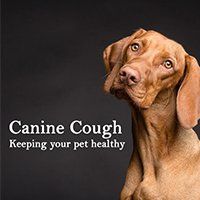
A simple cough. You’d know what to do if you had a cough – cough syrup. You’d know what to do if your partner had a cough – tell them to harden up. But your dog? Your beloved pooch! What do you do then? Let’s put your mind to ease to start with. If you have a dog that doesn’t have an underlying heart condition, and are otherwise happy and healthy, you’re probably dealing with canine cough (aka Kennel Cough) – a contagious, but thankfully self-resolving upper respiratory infection.
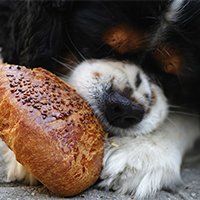
Grain-free pet food is the latest craze sweeping the pet industry – diets that are free from grain ‘fillers’ and thus seen as more natural and healthier. But is this really the case? Having a healthy pet often starts in the food bowl. Our furry friends are a part of the family, and so they deserve the best. But what is the best? There are so many specialty foods, brands and prices that it’s hard to know what your pooch or kitty needs. At the end of the day – like you – your pet needs a complete diet. Deficiencies can result in disease, decreased energy and shorter life expectancy – so we know that a healthy diet is essential. Please know that this is not a blog trying to poo-poo grain-free diets – they certainly have a place in the nutrition world and in many cases it is a step in the right direction. What we’re trying to do is keep you informed so you can make the best decisions for your animal’s health. The first thing we should understand is why are people keen on grain-free pet foods, and the truth behind the perceived benefits? Before we start however, let’s clear up a couple of things: Grains are not the only carbohydrates in pet food. Carbohydrates include cereal/grains, starch (potatoes), glucose/fructose (fruits). Carbohydrates as a whole are the main concerning content in pet food as they provide the majority of calorie content. So, why are grain-free pet foods so popular, and what’s the truth behind them?






